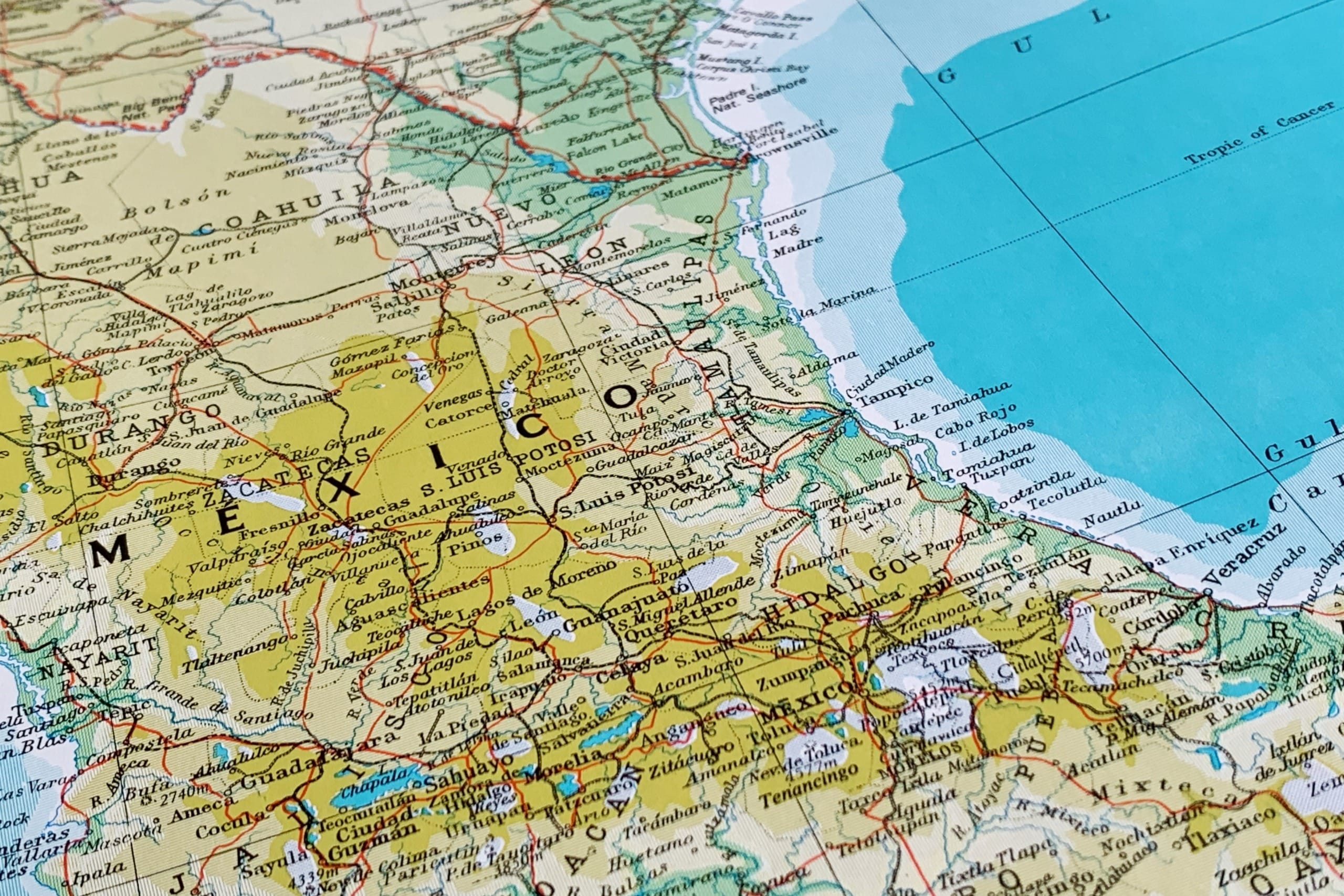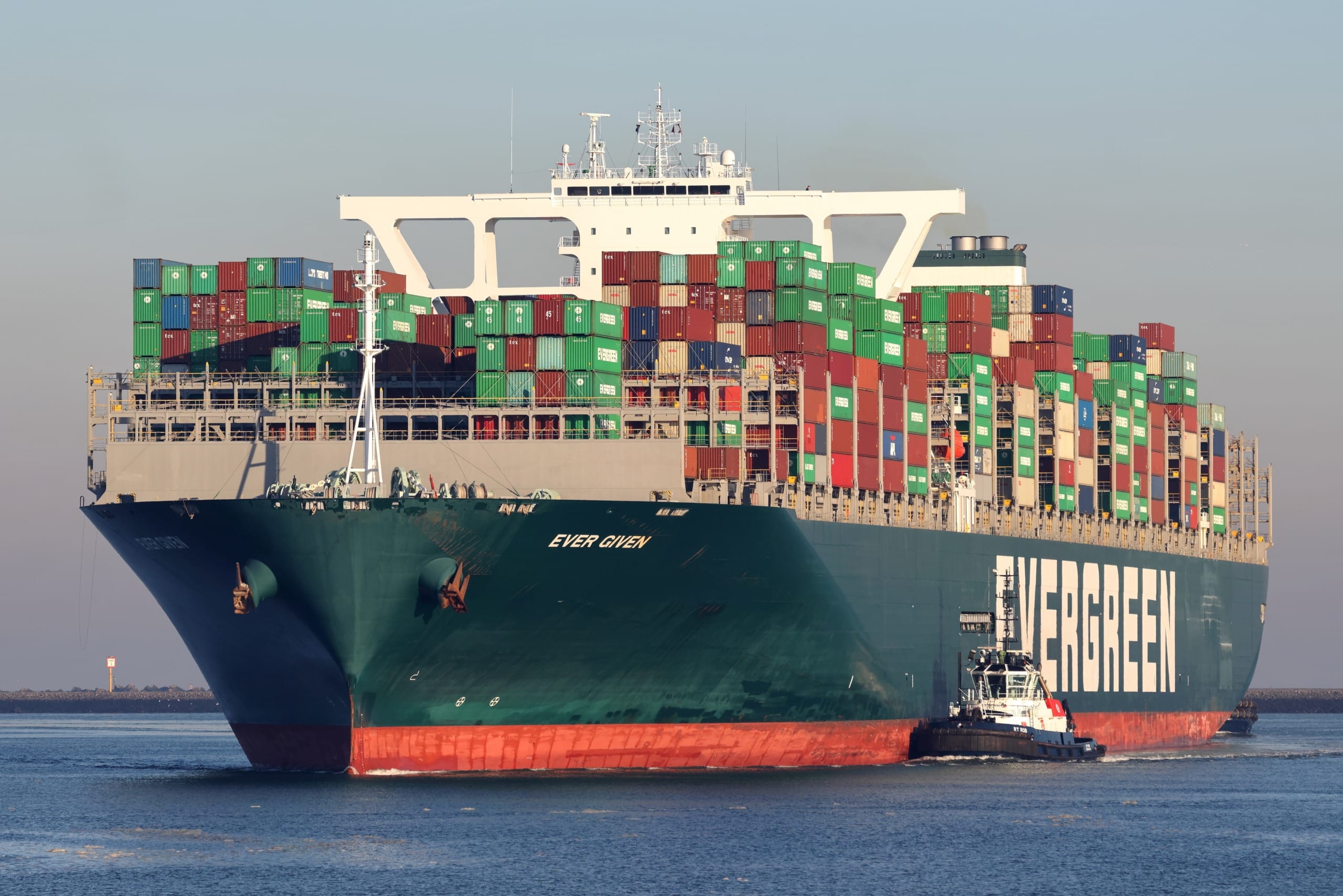There continues to be much discussion on China’s manufacturing edge in addition to simply low cost labor. A discrepancy in currency and industry rebates by the Chinese government are attributed as other major advantages when comparing manufacturing in the U.S. vs China. Reforms continue to take place, reducing the disparity that so many legislators are screaming for. The following article was written by Jr Wu in last month’s WSJ.
Chinese Manufacturing Shows Signs of Cooling
By J.R. WU
August 2, 2007
BEIJING — China showed signs of slower manufacturing growth in July, according to the latest purchasing managers’ indexes, suggesting the country’s breakneck expansion could moderate.
The China PMI, issued by the China Federation of Logistics and Purchasing and the National Bureau of Statistics, fell to 53.3 points in July from 54.5 in June, marking a decline for a third consecutive month.
The CLSA China Purchasing Managers Index also fell in July, to 53.2, off its 27-month high of 55 in June. The CLSA China PMI, also issued yesterday, is compiled by CLSA Asia-Pacific Markets and U.K.-based NTC Research.
Both indexes recorded declines in new orders and export orders in July from June, indicating a potential slowdown in China’s export-driven growth.
“The drop in export orders suggests that a rush of orders to beat the July cut in export-tax rebates was important in accelerating first-half growth,” said Eric Fishwick, deputy chief economist at CLSA.
China said in June that starting July 1 it would scrap or cut the export-tax rebate on more than 2,000 types of goods to help slow growth in its huge trade surplus, or margin by which exports exceed imports.
The move pushed the country’s trade surplus in June to a monthly record of $26.91 billion on strong exports. Underpinned by the surging trade, China’s economy grew 11.5% in the first half from a year earlier, strengthening 11.9% in the second quarter alone.
The federation’s PMI data have been showing steady declines in new export orders, purchase quantities and input prices from highs above 60 points earlier this year. That may indicate slower growth in manufacturing in the second half, the federation said.
New export orders in the federation’s PMI have been steadily declining each month since April’s 62.3, falling to 55 in July. CLSA’s PMI indicated new export orders fell to 51.1 in July from 56.5 in June.
But manufacturing still remains strong, as a reading above 50 indicates growth; a reading below 50, contraction.
China raised its benchmark lending and deposit rates for the third time this year in July and has said it would increase banks’ required reserves for the ninth time in a year to stabilize price expectations and curb excess liquidity.
When the latest increase in the reserve-requirement ratio goes into effect Aug. 15, the interest-income tax will also be reduced to 5% from 20%, effectively raising deposit rates further and giving savers’ more incentive to leave their money in



Follow Us